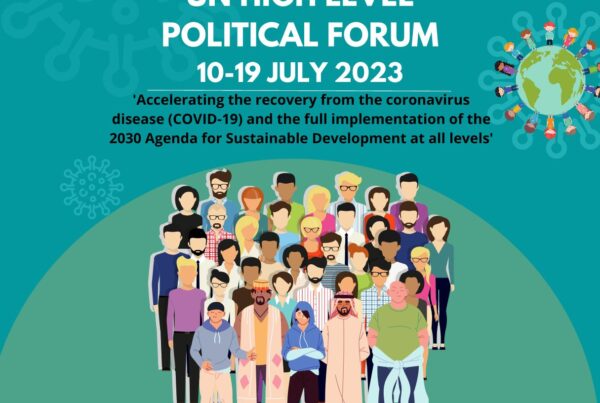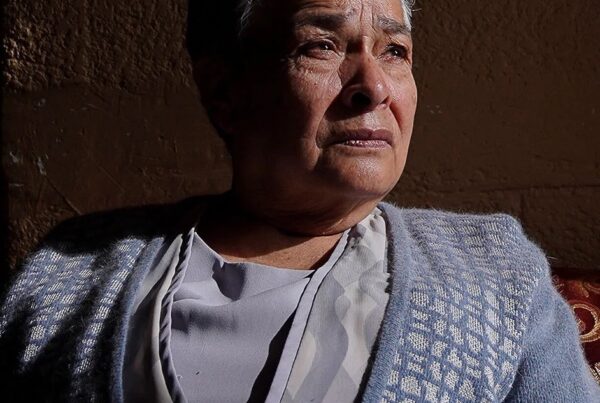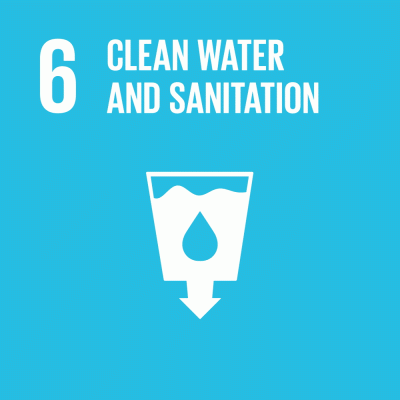For over 18 years our mandate at UNANIMA International has been centred around Women and Children/Girls. Advocating for them in a variety of different contexts, keeping their voices at the forefront through sharing lived experiences, and ensuring them a place at the table to be heard directly by decision makers, remains at the heart of our work. In the wake of COVID-19 Women and Children, like many vulnerable populations have been disproportionately affected. Often hidden statistically and otherwise overlooked, we must once again ensure their voices are heard and they are able to achieve the quality of life they aspire to.
Disease outbreaks such as the COVID-19 pandemic affect girls, boys, men and women in different ways. While data suggests that older men are the most severely affected directly by COVID-19, the threat of the virus is not purely physical; it is also mental, emotional, spiritual, work-related and people-related, and therefore must be evaluated holistically. For this reason we must take stock of distinct and lasting effects of the pandemic, and how they directly and indirectly impactWomen and Children.
During pandemics it is common for there to be a distinct lack of psychosocial resources, which unfortunately often equates to a significant rise in mental health issues across the given population. COVID-19 is no exception to this. With limited access to outside services and protective structures to address the issue, vulnerable peoples including women and children are put at a further disadvantage and inherently at risk. This is especially true in places where quarantine has been adopted as a response. Women and girls in particular, are at heightened risk of domestic and family violence as social interactions and access to protection services are reduced. In France alone there was a 30% increase of reported domestic violence cases when the lockdown was imposed. Furthermore, COVID-19 has increased children’s risk of violence, abuse, exploitation and neglect as health and economic pressures mount on families and communities.
Globally we are hearing the cry of children whose lives, education, and communities have been directly and indirectly disrupted, and the adverse effects and suffering the pandemic is causing. In a new Agenda for Action, UNICEF puts forth the concern the pandemic poses for children’s rights – immediately and looking towards the future.Among the many drivers of this is access to essential ongoing support and case management for child protection for vulnerable or at-risk children which may be blocked by social distancing measures. While children’s health appears to be directly impacted by COVID-19 to a lesser extent than older adults, our younger population is facing a vast array of indirect adversities. Globally, we have seen the shutdown of entire countries including their education systems.
“UNESCO estimates that over 89% of enrolled students globally are currently out of school because of COVID-19 closures. This represents 1.54 billion children and youth enrolled in school or university, including nearly 743 million girls. Over 111 million of these girls are living in the world’s least developed countries where getting an education is already a struggle.”
While technology has allowed new methods of online learning to prevail for some, many children and students are being left behind with little or no access to distance learning. This, innately driving inequality to worsen at the national and international levels. In addition to limited access to education, disease outbreaks often increase women and girls’ duties caring for elderly and ill family members, as well as siblings who are out of school. People working within informal sectors such as this, or in casual positions—two demographics in which women and girls are disproportionately represented—are subject to significant income loss during this time.
With less access to social protection globally, this has the potential to severely affect the lives of many. A recent World Economic Forum report suggests that due to the impact of COVID-19 globally, we will see an increase child labour specifically in the agricultural industry, giving the example of rural cocoa farmers in West Africa. When children are out of school, they are more likely to be engaged in harmful work. Also, virus-induced restrictions could lead to disruptions in the cocoa supply chain, which would cause economic distress among rural cocoa farmers. Furthermore, Low-income groups are more likely to continue working in both formal and informal sectors during this crisis, meaning they are more at risk of contracting the virus. International Women’s Rights Action Watch Asia Pacific (IWRAW Asia Pacific) states, “low-paid workers…[are] frequently unprotected, facing risks not only from novel coronavirus but also from the economic impact of getting ill.”⁵
While the situation may seem bleak, at UNANIMA International we are proud to say that globally our members are working in collaboration with their communities to address the needs of Women and Children in the face of the pandemic with, in many cases, great success. One of our Carmelite Sisters of Vedruna communities in Tagaytay in the Philippines, like many, is closed due to the virus. However, this particular community has initiated a program to attend to the needs of the tribal children during the pandemic.
Members of UNANIMA International globally have also taken to delivering pastoral care, materials and support via online platforms. While a new approach for many, they continue to tend to the needs of their community, many of whom are women and girls, in a meaningful manner. Like many others, a community of the Handmaids of the Sacred Heart of Jesus in the UK are publishing their parish newsletter online and live streaming different prayers on a daily basis. Their retreat houses are also adopting live streaming as a means of communication.
If you have a story of your work during the pandemic we would love to hear it! You can share your story here.






